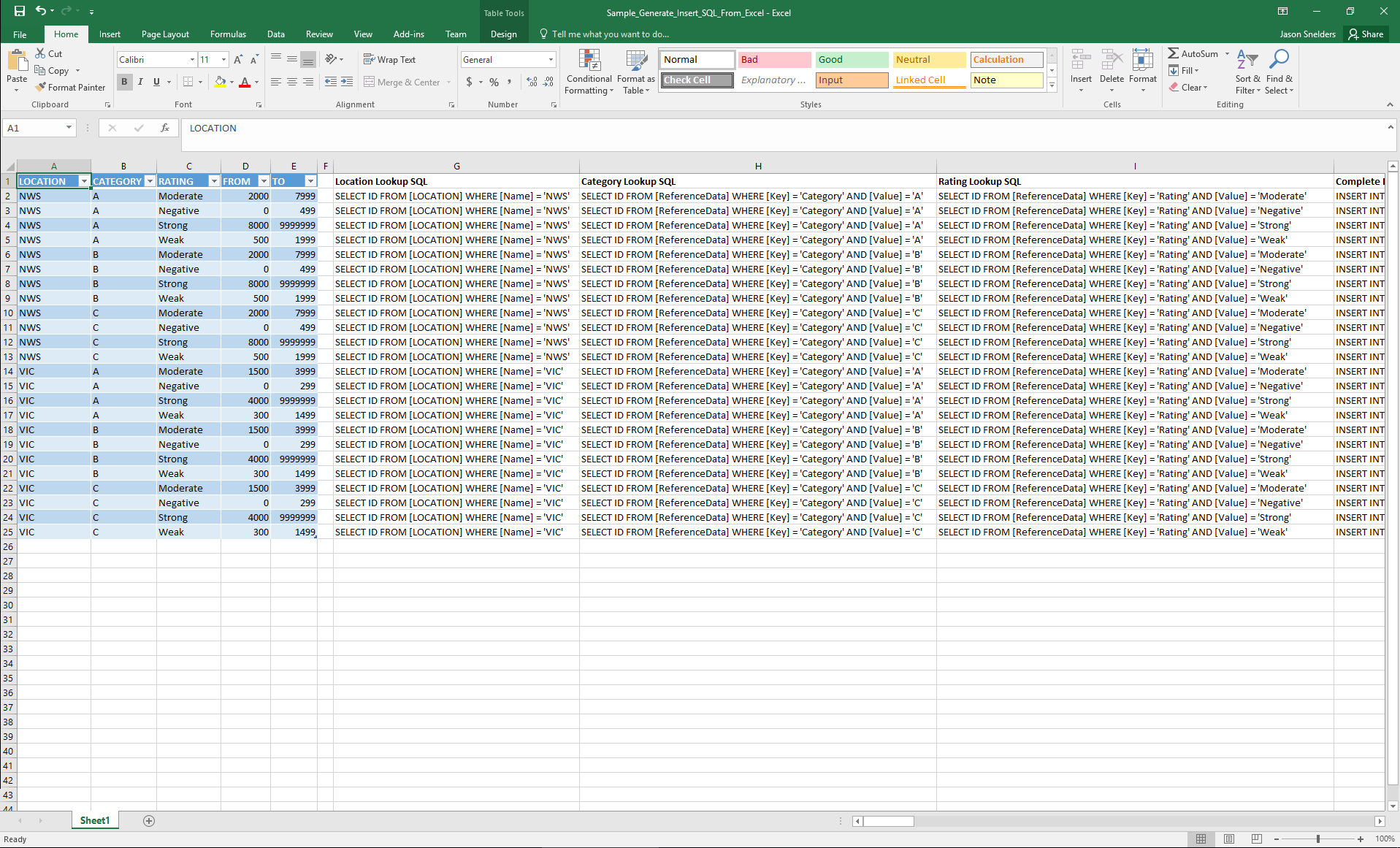
That is: someone.tableĪll identify the same table. Thus, in Informix, any of the following notations could identify a table: owner in general does not need to be quoted however, if you do use quotes, you need to get the owner name spelled correctly - it becomes case-sensitive. The SQL standard uses the term schema for what Informix calls the owner. With Informix, you can use the following notation to identify a table: is, you may specify a database, optionally identifying the server that hosts that database if it is not in the current server, followed by an optional owner, dot, and finally the actual table name. What can be different between systems is the notation used to identify tables in different databases - the standard has nothing to say about inter-database (let alone inter-DBMS) operations. In the absence of the column list, the first column of the result of the SELECT goes into the first column of the target table.

(Once upon 5 or more years ago, this is the sort of thing that MySQL did not always support it now has decent support for this sort of standard SQL syntax and, AFAIK, it would work OK on this notation.) The column list is optional but indicates the target columns in sequence, so the first column of the result of the SELECT will go into the first listed column, etc. Works fine with Informix and, I would expect, all the DBMS. That is, the notation: INSERT INTO target_table SELECT. Tweet or email me a link to your question there and I’ll definitely try to help if I can.Both the answers I see work fine in Informix specifically, and are basically standard SQL.
#SQL GENERATE INSERT SCRIPT FROM SELECT CODE#
If you have a question unrelated to this post, you’re better off posting it on C# Corner, Code Project, Stack Overflow, Asp.Net Forum instead of commenting here. What Do You Think?Ī blog isn’t a blog without comments, but do try to stay on topic. Please share me your valuable suggestions and feedback. Conclusionĭid I miss anything that you may think which is needed? Have you ever wanted to do this requirement? Could you find this post as useful? I hope you liked this article.

Now what else is pending, go ahead and run your script. Select ‘Schema and data’ from type of data to script option and then click OK.Ĭlick finish, now check the script file, it must be having the insert queries too. Now you will be shown a window which asks you about how your script should be published.ĭatabase_Scripts_With_Data_Publish_Options Select the database object which you are all you need and then click next.ĭatabase_Scripts_With_Data_Select_Database_Objects Step 4 Right-click on your database and select Task -> generate script.ĭatabase_Scripts_With_Data_Select_Option Step 2ĭatabase_Scripts_With_Data_Inroduction Step 3 Steps to Generate Database Scripts With Data In SQL Server Step 1
#SQL GENERATE INSERT SCRIPT FROM SELECT DOWNLOAD#
So I thought of attaching the database scripts with data in the source code download section of the article, so that it may help the user to insert the data in his/her database. I was working on an article that has so many database transactions/actions. I hope the screenshots given will help you generate the script with insert queries. We are going to use the option ‘Schema and data’ in SQL server for this task. In this post we will discuss how we can generate SQL Server scripts of our database with existing data, once we generate the script, the result will give you an insert query with other queries so that the data also will get inserted in your new database.


 0 kommentar(er)
0 kommentar(er)
